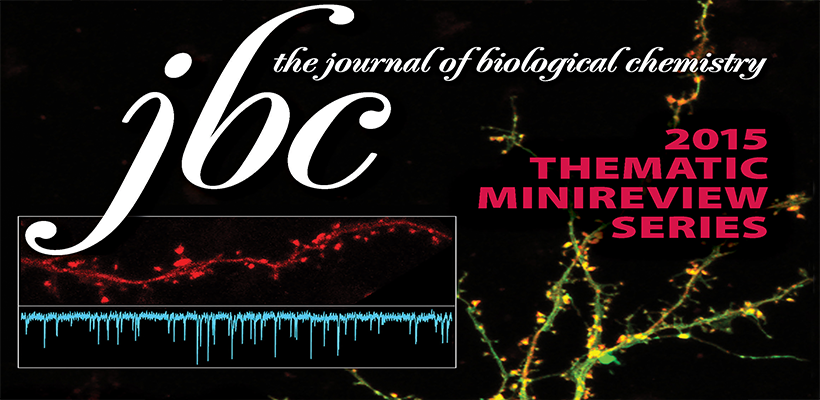Research Interests

Calcium signaling is highly dynamic. Carefully orchestrated changes in the activities of numerous channels, pumps and exchangers typical result in pulsatile changes in cytosolic calcium concentrations. Intracellular signaling pathways integrate information conveyed by the duration and amplitude of each “pulse” of calcium, as well as by the frequency of repeated pulses to elicit specific physiological responses. Many calcium responses are mediated by calmodulin, a ubiquitous “calcium sensor” protein that binds to and regulates many proteins in a calcium-dependent manner. One major target of calcium/calmodulin is calcium/calmodulin-dependent protein kinase II (CaMKII) which is the major research focus in the Colbran lab. The goal of our studies is to understand mechanisms that control the dynamic interplay between changes in calcium concentrations and autophosphorylation/dephosphorylation of CaMKII in defined subcellular compartments and their relationship to physiological and pathological situations. Our major focus is on signaling in the dendritic spines at excitatory synapses, which are the subcellular compartments in neurons that control synaptic transmission, learning and memory in many brain regions. Please click the links below for more details or read some of our papers.